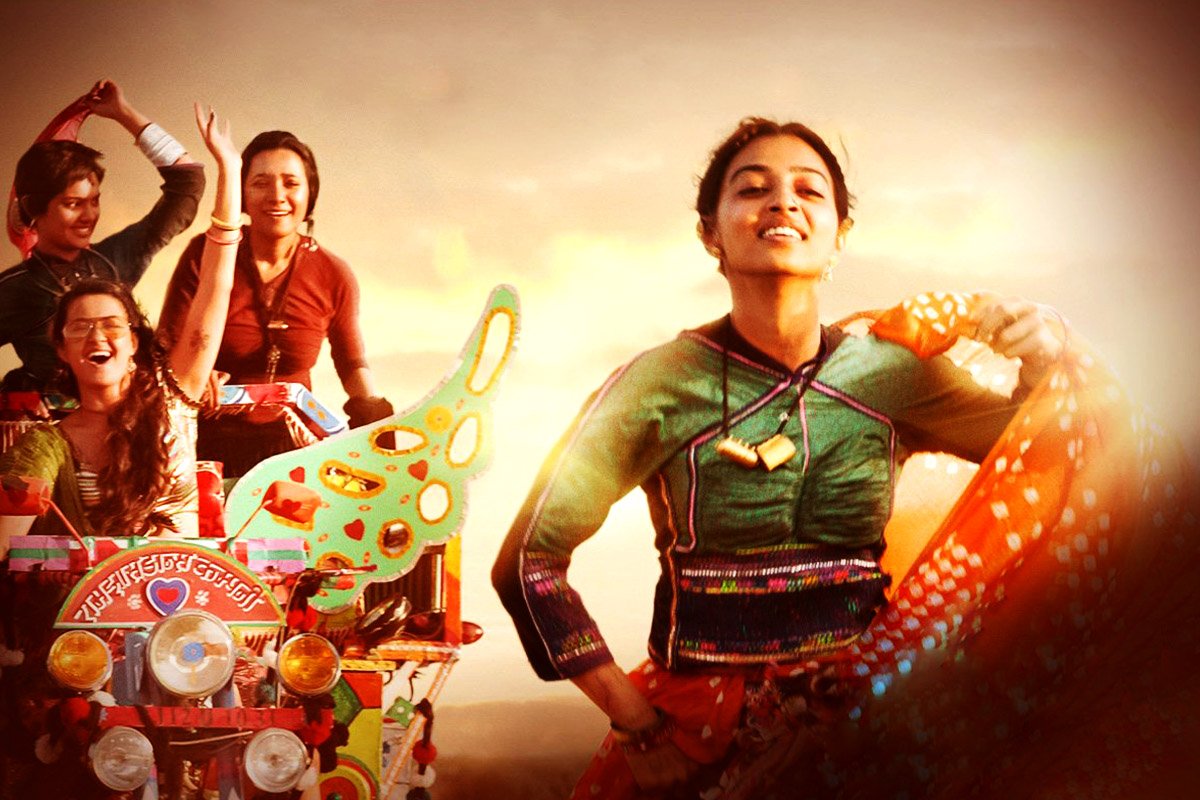The New Ethos of Modern Bollywood
Bollywood has been and still is famous for being an industry that churns out the sharpest business strategies to sell the unworthiest of deals in the must luring packages. However, to the wary, mainstream Bollywood (and perhaps there are no other streams since a lot of Hindi cinema remains unnamed without any industry label to adhere to) has been more particular about profit and money than promoting creativity or cinema. However in recent years, about two or three years back, a new ethos of cinema had traced its path into the industry, and perhaps quite rightly labeled by Karan Johar as ‘quirky films’, or popularly, the Ayushman Khuranna brand. Quite obviously, movies that talk of real issues, social causes, and modulate their characters from absurd exaggerations to even moderately relatable are the real ‘quirk’, to the likes of Johar and other gatekeepers of Bollywood.
It all started with perhaps Amir Khan conceiving of a dream project to turn Bollywood into a cause for social justice. The biggest wicket drop perhaps happened with ‘3 Idiots’, a massive success amongst all, the cult film for change in modern times. But Khan’s project soon dwindled into non-existence with PK and finally Dangal. The batting pitch was quickly taken over with Mr. Khuranna and female counterparts like Tapsee Pannu who decided to stay commercial yet chose their climb to fame by associating themselves with a particular form of the film dealing with the portrayal of social causes.
In the wake of this phenomenon came into existence films like ‘Badhai Ho’, ‘Thappad’, ‘Subh Mangal Savdhan’ and the same but with ‘Zyada Savdhan(i)’, ‘Dangal’ (as discussed), ‘Article 15’, ‘Stree’, ‘Padman’ and several others in the like.
A brave attempt by Bollywood. Especially since it caters to a massive population of an audience for whom cinema that they popularly associate with entertainment, being the mouthpiece for social justice is pretty much of an absurdity. Yet, highly sensitive issues like marital abuse, caste violence, homosexuality or even menstrual health started being depicted in popular Hindi cinema. This is truly a commendable development. Yet volumes are spoken in how the composition of these films puts across the question as to whether any real change is possible to be wrought about through cinema for the Indian audience, at least in the near future. And the problem is extremely immature endings. Quite often, ruining the whole purpose of the portrayal.
The Endings Always Disappoints. Let’s Talk Examples.

Let’s talk about what we mean by immature endings. I watched the movie ‘Parched’ about three years back. It was a brilliant movie I felt. The characters were superbly real. The acting was mind-blowing. There was the right dose of drama, and the plot was very well connected, progressing in an engaging manner. It even showed the growth of the character with the progress of a movie. The film made it to several festivals internationally too, naturally. ‘Parched’ was moderately Bollywood. It was meagerly advertised, and its coming to a cinema hall was also a chance discovery I happened to make. Yet the ending left me questioning, if not disappointed. The movie dealt with the stories of four women from rural Rajasthan, each the victim of a misogynistic society in their various roles as wife, widow, street dancer, and daughter-in-law. The film depicts how they ultimately succeed in breaking free of their shackles and escaping the much torturous society they live in—the ending scene where the three women leave off in a makeshift van for freedom. The scene might be metaphorical but a feeble one, perhaps even an excuse for a properly created one, that stands in contrast with how realistically the rest of the film is depicted. The ending exists only for the reel while the rest of the movie very adeptly manages to nudge into the real. The hope of the possibility the filmmaker wishes to depict is great, but we all know the depiction he resorts to as a solution is never to materialise in the actual. It seems like the ending failed the movie with such a great vision.

Let’s talk of a more recent example, ‘Thappad’. A very well made film, nuanced, layered, and pretty progressive in its perspective. It isn’t a story of outright domestic violence but shows a conventionally loving couple, a well-nurtured family, and a happy protagonist. Until one slap, not even a deliberate one at that, makes the lead character question her role as a wife and the value and respect for her self that has long since evaporated in her sticking to that role and that role only, through and through. It makes her take a courageous decision about divorcing her husband, and one taken with considerable pain and soul-searching. It becomes perhaps Bollywood’s first of popular box-office hits to question – with some blasphemous questions – the institution of marriage. And to show the process of divorce actually taking place. Yet, once again, the ending disappoints profoundly. After about three-fourths of the film was over I had managed to hope that I would leave the hall with a sated heart, yet I left feeling utterly betrayed. The ending is a patch up of sorts promising the audience that there is always hope, falsely, even in the most patriarchal and thoroughly conditioned men. All the male characters in the film, almost all of whom have been born and brought up with fixed beliefs about their gender roles and especially that of the husband and head of the family, change miraculously. They change even in scopes that haven’t even been followed through in the film and without any reason or trigger for it. It leaves you questioning whether the filmmaker believed that the audience wasn’t capable of handling a realistic conclusion despite a progressive plot progression.
Is it the Audience who is the Problem?
Perhaps the problem lies not only with most filmmakers but the audience as a whole as well. The present genre of Bollywood films dealing with social issues and causes seem to have only one reason for the botched up endings, i.e. market success. Bollywood is so entwined in corporate commercialisation that a particular formula has been set into play to earn success. It follows tropes of capitalising on the basest of emotions or instincts the audience as a species capable of emotionally intellectualising, can feel. Filmmakers over the ages have dumbed down the audience by selling cheap sensationalism and quick thrills through formulaic violence, bodily romance or basic revenge plots. Films have served for easy and cheap catharsis to real-life problems by offering unrealisable fantasies to be experienced on the reel. Realistic endings where love affairs stay unresolved, lovers unreconciled, justice unserved or the grimmer truths of life displayed break that chain of fantasy Indian mainstream cinema caters to its people.

Cinema has never been an educational medium, and while attempts are being made to change that by a new generation of filmmakers, box office success and profits drum into the independence filmmakers could have enjoyed otherwise.
No matter how hard realities can be swallowed, endings have to be perfect. As a people, we are unable to accept failure or futility as a reality. Our artistic institutions have inhibited and stagnated us to emote better, to think better, and to introspect deeper. We refuse to accept reality served on the reel. We refuse to accept cinema that serves any other purpose but cheap satiation. We refuse to accept the cinematic screen telling us the grim truth that things often don’t change in a long, long time. And this is perhaps the harsh and bitter truth about Bollywood and its newfound sensibility. All we can do is hope that filmmakers and their audiences mature with time to deal with unfulfilled endings. For Bollywood seriously needs to stop functioning solely on the profit motive and cater to intelligent audiences. Or more importantly, help in making the audience as a whole more intelligent to dish out cinema which has some bearing to reality. Making people more mature often relies on art and artists and Bollywood as the mascot influencer of social ethics needs to start thinking beyond ‘entertainment’.





